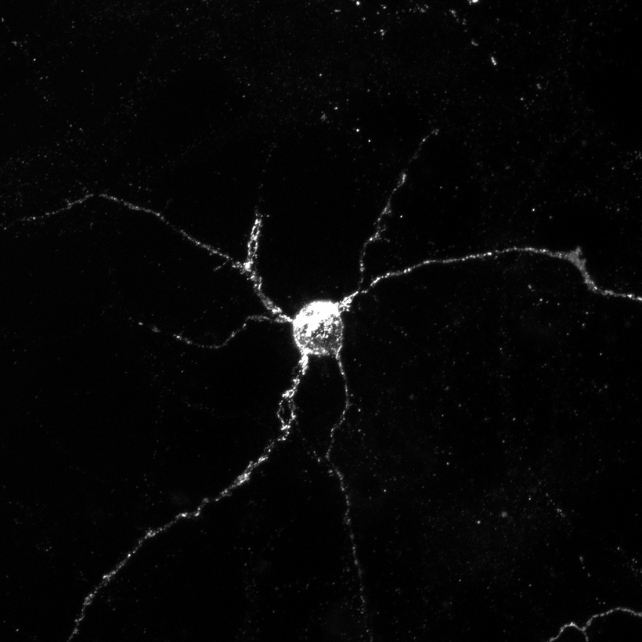Researchers have discovered how a cell surface protein called Aplp1 may play a role in spreading Parkinson’s disease-causing material from cell to cell in the brain.
Promisingly, an FDA-approved cancer drug that targets another protein called Lag3 – which interacts with Aplp1 – blocks the spread in mice, suggesting a potential treatment may already exist.
In a paper published last year, an international team of scientists describes how the two proteins work together to help harmful alpha-synuclein protein clumps enter brain cells.
“Now that we know how Aplp1 and Lag3 interact, we have a new way to understand how alpha-synuclein contributes to the progression of Parkinson’s disease,” Johns University neuroscientist Xiaobo Mao said in June. Hopkins.
“Our results also suggest that targeting this interaction with drugs could significantly slow the progression of Parkinson’s disease and other neurodegenerative diseases.”
More than 8.5 million people worldwide suffer from Parkinson’s disease, the second most common neurodegenerative disease after Alzheimer’s disease.
As a progressive movement disorder, it is usually only diagnosed when symptoms appear, including tremors, stiffness, balance problems, speech difficulties, disrupted sleep patterns and mental health problems . Currently incurable, the disease means patients may eventually have difficulty walking or speaking.
Symptoms of Parkinson’s disease primarily result from the death or impairment of dopamine-producing neurons in the brain’s substantia nigra, a region involved in the control of fine motor skills. This is thought to be due to Lewy bodies, which are abnormal clumps of proteins made mostly of misfolded alpha-synuclein that travel between neurons.

Alpha-synuclein generally maintains functional communication between neurons, but problems arise when it becomes misfolded and insoluble. That said, it is difficult to determine whether it is a cause or a symptom of Parkinson’s disease.
Previous studies in mice have shown that Lag3 binds to alpha-synuclein proteins and propagates Parkinson’s disease pathology in neurons. Although deletion of Lag3 significantly hampered this process, it did not prevent it completely, indicating that another protein was also involved in neurons sensing misfolded alpha-synuclein.
“Our work previously demonstrated that Lag3 was not the only cell surface protein that helped neurons take up alpha-synuclein, so we turned to Aplp1 in our most recent experiments,” said Valina Dawson, neuroscientist at Johns Hopkins.
The scientists conducted tests with genetically modified mice that lacked Aplp1 or Lag3, or both. They found that Aplp1 and Lag3 can each independently help brain cells take up harmful alpha-synuclein, but together they significantly increase this uptake.

When mice lacked both Aplp1 and Lag3, 90% less harmful alpha-synuclein entered healthy brain cells, meaning more of the harmful protein clumps were blocked with the absence of both proteins compared to removing just one.
Researchers gave normal mice the drug nivolumab/relatlimab, a melanoma drug that contains a Lag3 antibody, and found that it also blocked Aplp1 and Lag3 from interacting, again almost completely blocking cluster formation. of pathogenic alpha-synuclein in neurons.
“The anti-Lag3 antibody successfully prevented the spread of alpha-synuclein seeds in mouse models and showed better efficacy than Lag3 depletion due to the close association of Aplp1 with Lag3,” said Ted Dawson, a neuroscientist at Johns Hopkins University.
The next step will be to test the Lag3 antibody in mouse models of Parkinson’s and Alzheimer’s disease – where research has also pointed to Lag3 as a target.
The research was published in Natural communication.
An earlier version of this article was published in June 2024.


